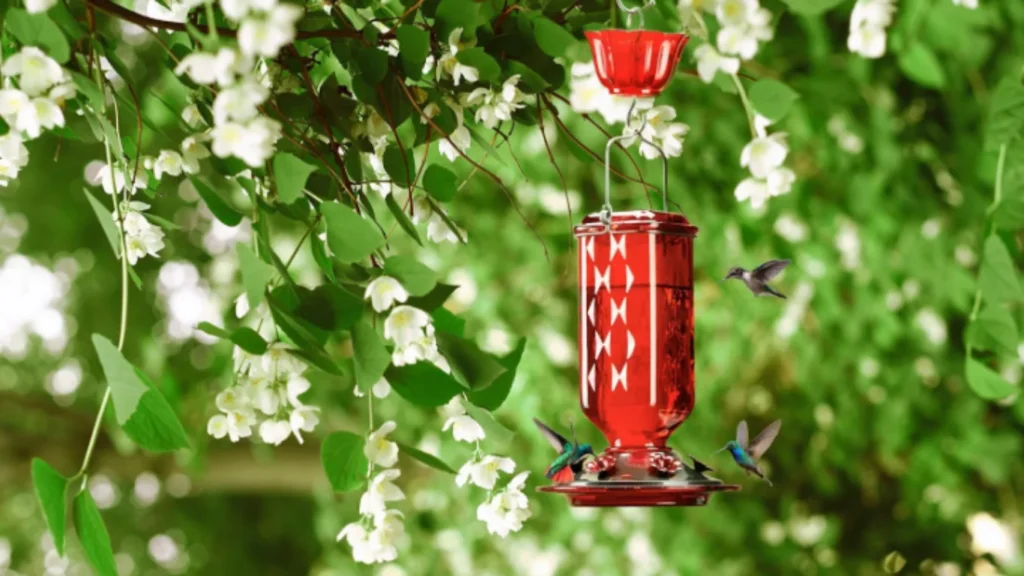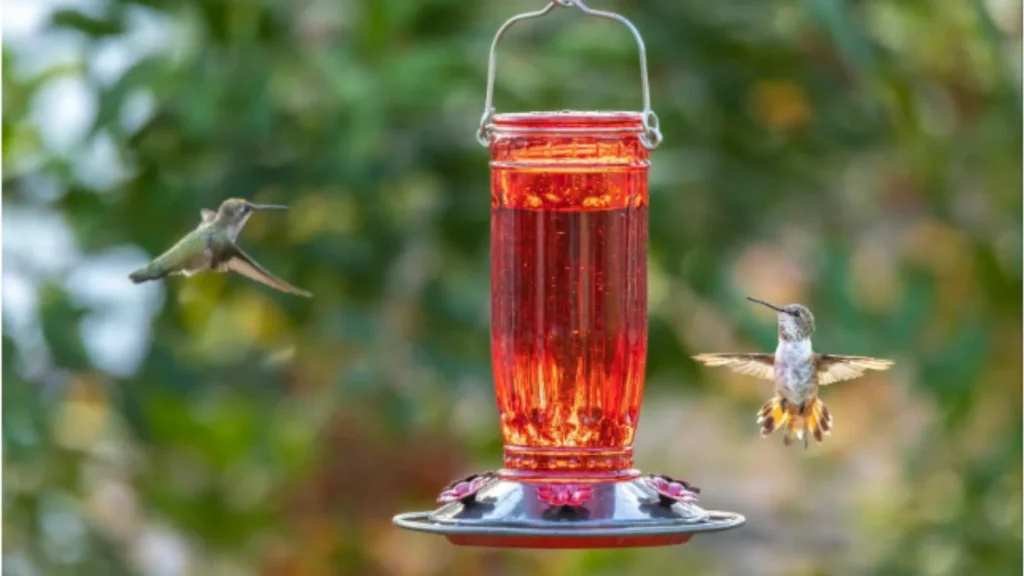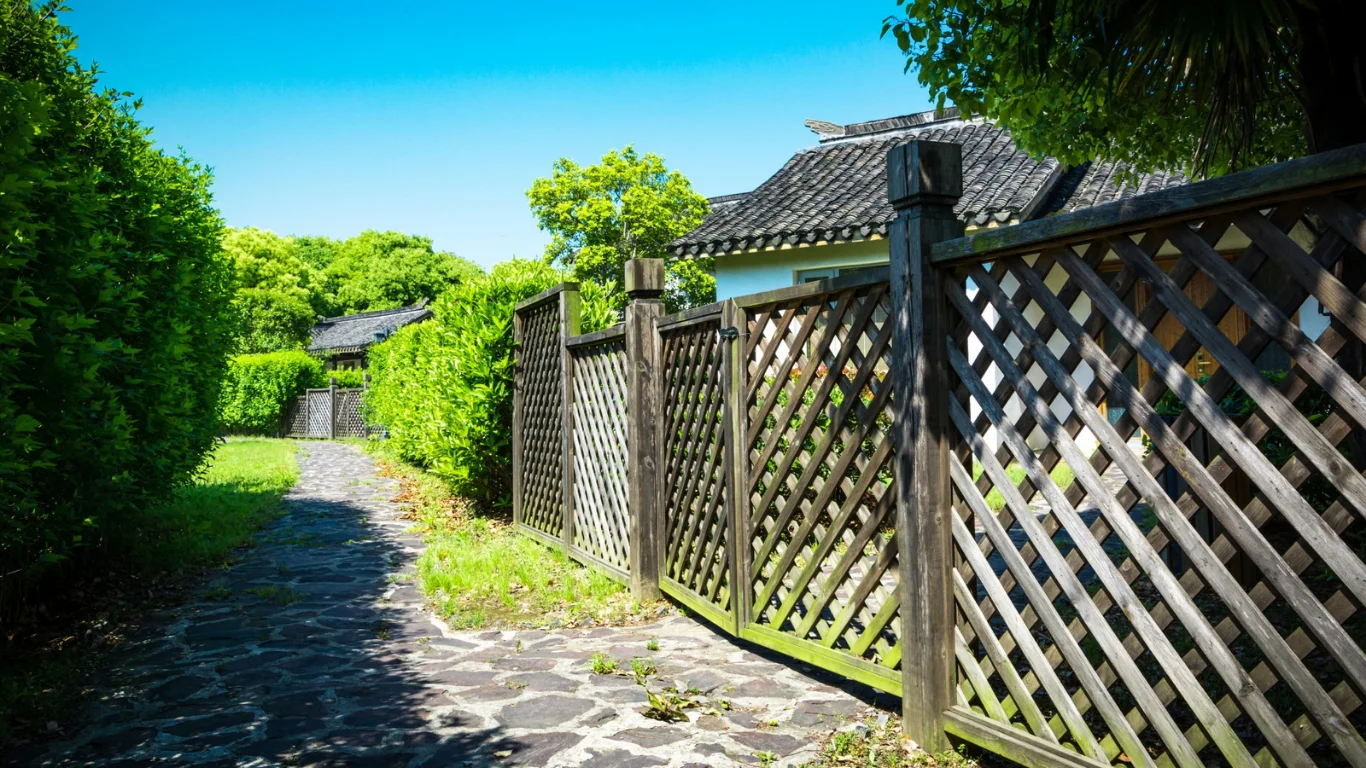There are few things as mesmerizing as a hummingbird in motion—its wings humming at an impossible speed, its iridescent feathers catching the light just right. For many of us, attracting hummingbirds to our garden isn’t just a hobby—it’s a quiet privilege. But if you’ve ever browsed the endless aisles of feeders online or in garden centers, you’ll know: not all hummingbird feeders are created equal.
After years of backyard birding and more than a few failed experiments, I’ve learned what truly matters when choosing the right feeder. Here’s what I look for—and what I’ve come to appreciate most from brands like kingsyard, whose designs combine practicality with bird-focused innovation.
1. Prioritize Function Over Frills
Let’s be honest—many feeders on the market look like miniature works of art. But for hummingbirds, it’s less about looks and more about access and safety.
What really counts?
- Port design: Look for narrow feeding ports that mimic the shape of a flower, but prevent bees and wasps from sneaking in.
- Ant protection: A built-in ant moat is a game changer (Kingsyard’s models have reliable versions that actually work)
- Ease of cleaning: Moldy sugar water is a fast way to make birds sick—or chase them away. If the feeder is hard to take apart, you’re less likely to clean it as often as needed (at least every 3-4 days in hot weather).
Many of the feeders I tried early on were fiddly or delicate—some even leaked from the base after a few weeks. Once I switched to a Kingsyard hummingbird feeder, I noticed the difference: solid seals, no drips, and easy disassembly for deep cleaning.
2. Go for Size That Matches Your Traffic
A common mistake? Buying the biggest feeder you can find. It makes sense—you want to offer more nectar, right? But unless your yard is swarming with hummingbirds, a large-capacity feeder leads to wasted nectar that spoils before it’s finished.
My advice: if you’re just starting out or have only a few visitors, go for a smaller feeder (10–16 oz). You’ll refill it more frequently, which means fresher nectar and healthier birds.
If you live in a high-traffic area or are on a migration path, that’s where Kingsyard’s larger glass feeders shine—designed to hold more nectar but still easy to clean thanks to their wide-mouth openings.

3. Material Matter
Plastic or glass? That debate has been ongoing for years. Personally, I lean toward glass for a few reasons:
- It holds up better in sunlight (no warping or fading).
- It’s easier to sanitize.
- It just looks better—especially the colored glass feeders that sparkle in morning light.
Kingsyard’s hummingbird feeders strike that perfect balance—glass construction with well-made plastic components where it counts (like the base and perch ring), keeping weight manageable without sacrificing durability.

4. Look for Perch Options
While hummingbirds can hover effortlessly, they’ll stick around longer if they can perch. Feeders with small rings or platforms give them a break and let you observe more relaxed behavior—like preening or guarding “their” feeder.
I’ve had some of my best close-range sightings at feeders with perch rings. It’s also helpful for juvenile hummers, who need a bit more rest between sips.
Final Thoughts: Know Your Garden, Know Your Birds
The best hummingbird feeder isn’t the one with the most bells and whistles—it’s the one that fits your garden, your climate, and your birds’ habits. With thoughtful design, sturdy materials, and easy maintenance, kingsyard offers feeders that aren’t just tools—they’re long-term companions for your birdwatching journey.
If you’re serious about attracting hummingbirds and want gear that’s built for both beauty and function, start with the basics. Choose a feeder that puts the birds first—and makes your life easier too.
Because birding, after all, should always be a joy.







